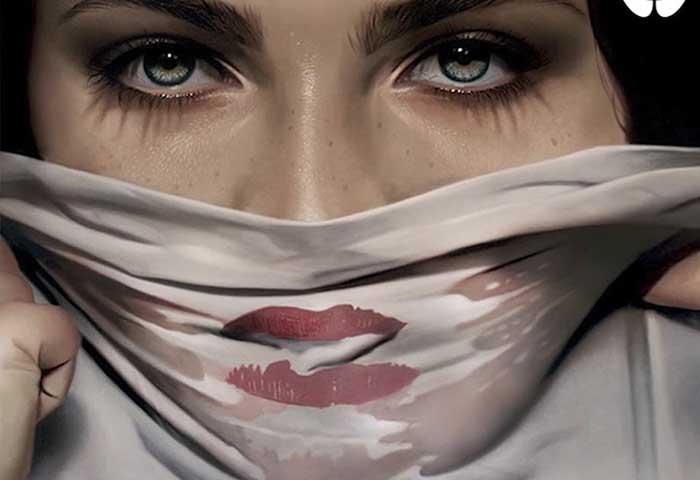[ad_1]
The practice of underpainting is almost as large an area of study as oil painting.
The purpose of an underpainting is to establish the composition and overall light / dark pattern while initiating the development of volumes and substance to the forms.
An underpainting allows you to envision the totality of the pictorial idea. In addition to correcting drawing errors the underpainting's primary purpose is to fix the all important Notan, which is the Japanese term for light / dark harmony.
Generally speaking, there are three types of underpainting: there is the fully worked up monochromatic grisaille. This is the academic approach where little is left to chance. However, the classic grisaille of mixed white and black possesses an Achilles Heel. As the white paint ages it becomes more translucent and the black paint in the gray mix will dominate. Here the overall picture will darken significantly, especially if there was an adequate correction of the grisaille.
If a basic oil / turpentine medium is employed this darkening is all but guaranteed. The solution is to use a thixotropic resin based medium – such as Venice Turpentine – which suspends the pigment and nullifies the oil's interminable darkening. Despite its name Venice Turpentine is a resin not a solvent. A confusing but important distinction.
The Renaissance approach often employed the verdaccio which is a green-hued underpainting. Michelangelo's unfinished Entombment exhibits his painting process from beginning to finish. The central Christ figure is a wholly resolved verdaccio underpainting.
The optical grisaille resolves many of the problems of the gray mixes of the classical grisaille. The imprimatura holds the light middle tones; raw umber and charcoal gray produces the darker values; and concludes with a select impasto of white lead paint that supports the highest values of the overpainting as the oil paint grows more translucent over time.
The final appearance of an optical grisaille is a painting that exhibits a higher key of color than what can be achieved by an academic grisaille or even direct alla prima.
The key for achieving a translucent grisaille is the thixotropic medium of stand oil, Venice turpentine and Damar varnish diluted with turpentine.
In oil painting your medium is to painting what sauces are to French cuisine. The all-too-common medium of linseed oil and turpentine actually degrades the paints robbing them of their lustre. You can buy ready-made painting mediums in the art store, but in my opinion this is like pouring Kraft Thousand Island dressing onto an exquisitely prepared gourmet meal.
[ad_2]
Source

